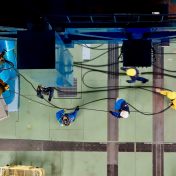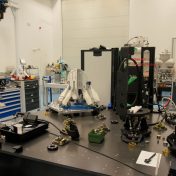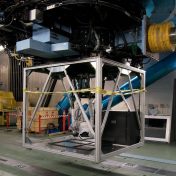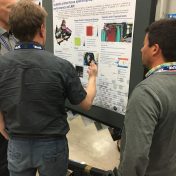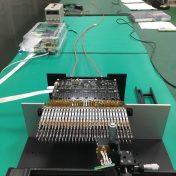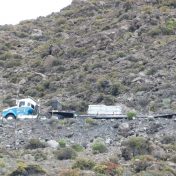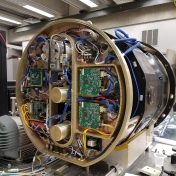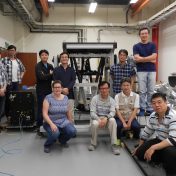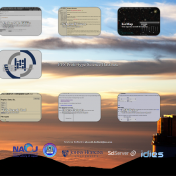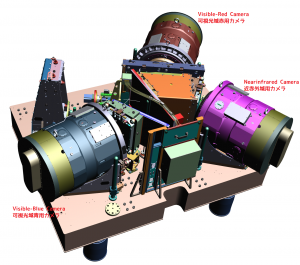PFS Science Working Group Meeting at Princeton University
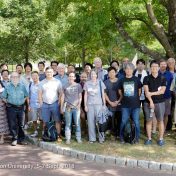
The PFS Science Team has established a working group for each scientific objective and has vigorously discussed what interesting science cases are to exploit the strengths of PFS and how we optimize the survey observation accordingly (visit our past post and our official web site for more details about science objectives of the project). Based on these discussions we have developed an… Read more »

